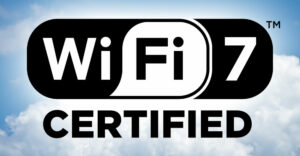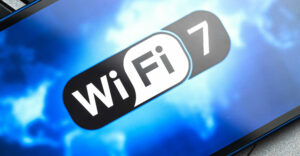
It’s well-known that iPhone owners use lots of cellular bandwidth, but it seems that the iPhone 4S has taken bandwidth consumption to new heights.
Owners of the iPhone 4S use twice as much data as iPhone 4 users and nearly three times as much data as iPhone 3G users, according to an Arieso report.
However, owners of the HTC Desire S upload more than three times as much data as their iPhone 3G counterparts, beating out iPhone 4S owners by a hair.
Users’ hunger for data will grow with the introduction of increasingly sophisticated devices and growing consumer demand, Arieso warned.
“As you make it easier for people to do data-related stuff, that will create more bandwidth usage,” Maribel Lopez, principal analyst at Lopez Research, told TechNewsWorld.
Survey Says …
The survey was conducted in November 2011 using standard operations support systems, which network operators use for billing, customer support and network operations, Michael Flanagan, Arieso’s chief technology officer, told TechNewsWorld.
One million subscribers were surveyed in a European city and its suburbs. Each device was represented by more than 1,000 subscribers.
HTC Google Nexus One owners made more than twice as many data calls per subscriber as the iPhone 3G, while owners of Sony Ericsson Xperia X10i and HTC Desire smartphones made about 1.5 times as many data calls as the iPhone 3G.
The Wide World of Wireless
Can results from a study of smartphone users in one European city be applied worldwide?
That’s difficult to say, but consider this: Consumers in the United States using iPhones gobbled up almost twice as much data as owners of other smartphones, Consumer Reports stated back in 2010. Further, 12 percent of those iPhone users consume two to three times more than the others — 500 MB to 1GB per month, compared to 273 MB for other iUsers.
The top 1 percent of all data users are now responsible for half of the data downloaded, Arieso found.
Why the Hunger?
Ease-of-use improvements in modern smartphones are a major factor in the growing demand for data bandwidth, Arieso’s Flanagan said. However, “the precise breakdown of data — YouTube access, app downloads, Web browsing — cannot be determined from the data used in the study.”
Demand for mobile data, and hence bandwidth, will surge. Cisco’s predictions, which see demand for mobile data approximately doubling every year, “are right on target,” according to Flanagan.
Cisco predicts that the average smartphone will generate 1.3 GB of traffic per month in 2015, a 16-fold increase over the 79 MB monthly average seen in 2010.
Effects of Strong Demand
“There will be a bandwidth crunch, and people may not be able to get connected as frequently as possible,” Lopez said. The spectrum crunch “is the biggest problem the wireless industry faces,” and “was behind the attempted AT&T purchase of T-Mobile,” she added.
AT&T withdrew its bid after opposition from both the Federal Communications Commission and the U.S. Department of Justic.
Dealing With the Bandwidth Hunger
Carriers are building out their networks in an attempt to cope with the growing demand for bandwidth.
“Many of the existing data networks are at or near capacity, and these massive increases could push these networks over the edge, which is why many carriers have started throttling [bandwidth],” Rob Enderle, principal analyst at the Enderle Group, told TechNewsWorld.
Implementing faster 4G networks “may make the problem worse in some cases, because it puts more load on the backbone, which is also close to capacity,” Enderle said.
In the end, carriers will “use more aggressive tiering, throttling, and implement aggressive technology upgrade cycles to address this [demand], all of which will likely prove to be inadequate for the next decade due to nearly unmanageable data growth rates,” Enderle stated.





















































